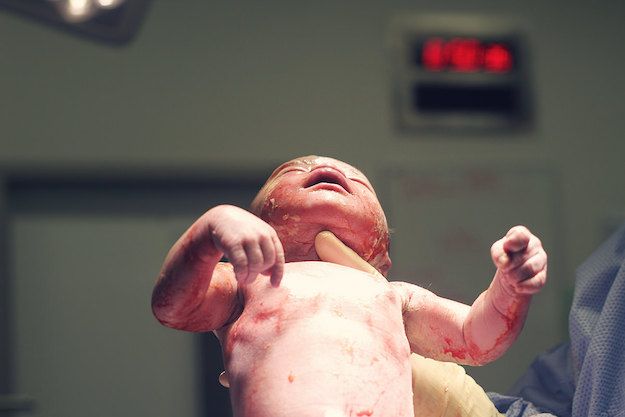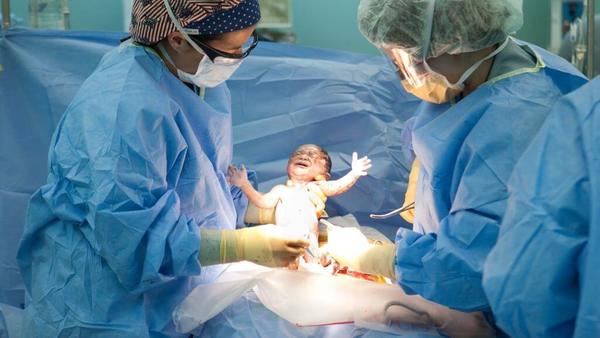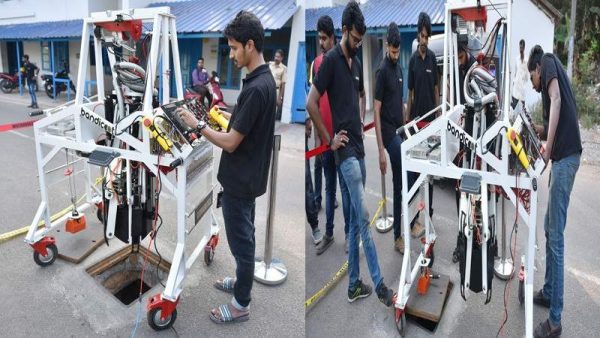
Complete guide for pregnant women! All you need to know about delivery things!
Pregnancy comes with its own perks. It is a beautiful part of the life where a woman experiences a life within herself. Well, we all are very well aware of different types of delivery. Vaginal birth is a natural birthing experience and is the preferred choice for most of the would-be mothers. Though it is considered to be a difficult and lengthy process, but it is very safe for both mother and the baby. But with new technologies birthing has totally changed.
The most common way of delivering a baby, after the natural vaginal delivery, is the Caesarean section. It is natural that every pregnant woman must know everything about these two types of processes and their implications.

Spontaneous Vaginal Delivery
Vaginal birth can be of different types. The most common is the spontaneous vaginal delivery where the pregnant woman goes into spontaneous labour. At times, one needs to go for assisted vaginal delivery where some instruments like forceps or vacuum cup are used to assist the delivery, or it can be an induced labour where different drugs are used to initiate the process of labour. Basically, it is a prolonged pregnancy.
Advantages of Vaginal delivery
It has its own perks. Babies born through vaginal delivery definitely have an edge over those born by the Caesarean process and there are benefits for the mother also.
Babies who are born through vaginal delivery are already mature and do not need any NICU admission for respiratory problems. The passage of the baby through the birth canal also compresses the baby’s thorax and clears all amniotic fluid from the lungs to breathe properly.
The process also stimulates the cardiovascular system of the baby and initiates proper blood circulation.Vaginal delivery boosts the immune system of the baby as it receives many protective bacteria from the mother’s vagina which colonise in the baby’s intestine. There are certain hormones released during labour like endorphins in the placenta which help the baby to adjust in a better way.
According to various researches, there is a much better emotional bonding between the baby and the mother after vaginal birth and more interest in breastfeeding behaviour like suckling. They have a better attachment to the mother as the skin to skin contact with the mother occurs easily and early in the vaginal birth. Recent studies have shown that babies born vaginally also have lower risks of developing type 1 Diabetes, asthma and allergies in the long term. There are also many benefits to the mother like there is a shorter physical and psychological period of recovery after the birth. They are more likely to breastfeed spontaneously. In addition, one avoids the risks of major surgery such as heavy bleeding, infection, scar problems and complications of anesthesia
Risk involved in vaginal delivery
So, there are some drawbacks also. During vaginal delivery there is sometimes risk of injury to adjoining structures near vagina when the baby passes through the birth canal. It may need repair and suturing which takes time to heal. There can also be weakening or injury to pelvic muscles and perineum that control the urine and bowel functions. There may also be a risk of having urinary leakage on coughing or sneezing (stress incontinence) especially in instrumental deliveries. Some women may also have certain sexual problems after vaginal birth due to episiotomy scar. So, these are some disadvantages of vaginal delivery.

Cesarean section
On the other hand, Caesarean section or C-Section is a surgical method of delivery of the baby from the mother’s womb. With advances in technology it has been introduced. This involves giving an incision in the mother’s abdomen and is a major surgery. It can be planned which is known as elective or can be an emergency Caesarean section in certain situations. Planned C-section is done for certain medical problems in the mother like diabetes or high blood pressure or in some infections like HIV or herpes (valtrex) or when there is small maternal pelvis or low lying placenta. Unfortunately, it is a risky method.
Although it involves risks to both mother and baby and can cause complications in future pregnancies, there has been a gradual rise in Caesarean section rates in the past few decades. As with any other surgical procedure C-Section also has its own advantages and disadvantages that should be considered seriously.
Risks involved!
There can be many risks involved in undergoing a C-Section. It can increase blood loss that may sometimes require blood transfusion. There is also a risk of injury to other organs like bladder or bowel, chances of infection at the surgical scar or in the uterus or pelvis. C-Section is associated with a longer hospital stay of about 3-5 days as compared to vaginal delivery and there is a prolonged period of recovery. There are also chances of scar formation between the uterus and other pelvic organs leading to chronic pain. There are also complications of anesthesia like a spinal headache. The mother may have emotional reactions and post-partum depression after C-Section and may have a problem in initial bonding with the baby.
Babies born by C-Section are at risk of prematurity if the period of gestation is miscalculated or due to certain other indications like high blood pressure and they have low birth weight. Babies born by C-Section also have more chance of respiratory problems and NICU admission.
Have a news story, an interesting write-up or simply a suggestion? Write to us at info@oneworldnews.in








